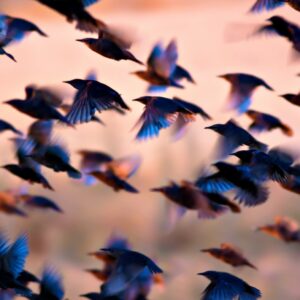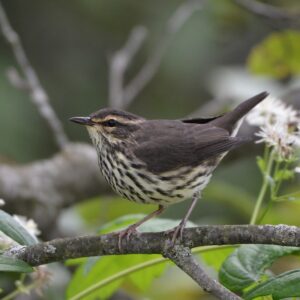Canada’s Birds Feel the Impact of BP Oil Spill – Profile #1
The BP oil spill began during spring migration season for many birds that breed in Canada during the summer, and with oil continuing to spill into the Gulf, the coming fall migration seems poised to be a dangerous time for Canada’s migratory birds. This weekly series of profiles will highlights some of the species most likely to be in harm’s way.
.jpg) Piping Plover (Endangered)
Piping Plover (Endangered)
In Canada, this small, sandy-coloured shorebird breeds on open sandy beaches of lakeshores, river sandbars, ocean coasts, and alkali flats in scattered locations on the Atlantic coast, on the Great Lakes and in the prairies. Its plumage would seem to blend right in, if not for the bright orange legs. They often walk or run along the sand, rather than flying, to take advantage of this camouflage. Piping Plovers feed on marine worms or small crustaceans by a series of rapid steps and pecks on the sand.
Piping Plovers spend their winters mainly on the Atlantic and Gulf coasts of the United States, Mexico and Cuba, particularly on beaches, mudflats, sandflats, bays, lagoons and inlets. Their spring migration peaks during mid-April; while many individuals would have already left the Gulf when the leak at Deepwater Horizon began, some may have been caught in the spill.
Although the fall migration peaks in August and September, plovers can begin to leave their breeding grounds as early as June or July if nest conditions have been unfavourable. These birds are heading straight to a region where their habitat and food sources may have been compromised and are still at risk from oil contamination.

Read more of Nature Canada’s commentary on the Gulf oil spill.



